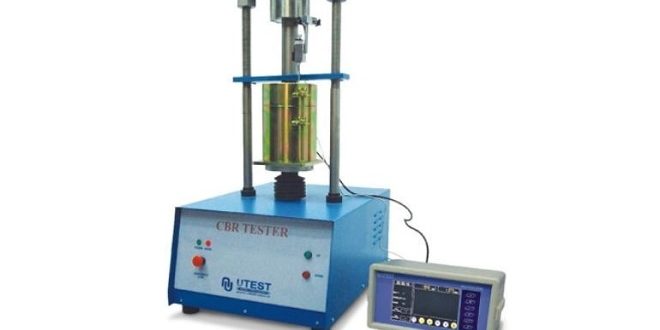In the realm of agriculture, construction, and environmental science, the quality of soil plays a crucial role in determining the success of various projects. Soil testing, a fundamental practice in these fields, provides valuable insights into the composition and characteristics of soil, enabling informed decisions and targeted interventions. This article delves into the world of soil testing, highlighting the significance of best soil testers, soil test tools, and soil testing devices in understanding soil parameters and the procedures involved.
Importance of Soil Testing
Soil testing is a pivotal step before embarking on any agricultural or construction project. By analyzing soil samples, professionals can determine vital parameters that directly influence plant growth, nutrient levels, drainage patterns, and overall soil health. Whether you’re a farmer, gardener, engineer, or environmentalist, understanding the physical and chemical properties of soil is essential for sustainable and effective land management.
Key Parameters in Soil Testing
- pH Levels: The pH level of soil influences nutrient availability and microbial activity. Different crops thrive in specific pH ranges, making it imperative to adjust soil pH accordingly. Soil testers measure pH accurately, aiding in appropriate crop selection and treatment.
- Nutrient Content: Soil testing machines reveal the nutrient composition of soil, including essential elements like nitrogen, phosphorus, and potassium. This data guides fertilization strategies, preventing overuse or deficiencies that could hamper plant growth.
- Soil Texture: Soil testers help classify soil as sandy, loamy, or clayey, based on particle size. Texture affects water retention, drainage, and aeration, all of which impact root development and plant health.
- Organic Matter: The percentage of organic matter in soil influences its fertility, water-holding capacity, and structure. Soil testing devices provide insights into this parameter, aiding in soil enrichment plans.
- Cation Exchange Capacity (CEC): CEC reflects soil’s ability to retain and exchange nutrients. Soils with higher CEC can hold more nutrients, reducing leaching and increasing nutrient availability to plants.
Soil Testing Procedures
- Sample Collection: Accurate results begin with proper sample collection. Samples should be taken from various areas within the target area, mixed well, and a representative portion sent for analysis. The sample size and depth depend on the purpose of testing.
- Laboratory Analysis: Soil samples are analyzed in laboratories using advanced soil testing machines. These machines employ techniques such as spectrometry and chromatography to determine parameters like pH, nutrient content, and texture.
- Interpretation: Once the analysis is complete, the data is interpreted to make informed decisions. Agricultural experts, environmentalists, and engineers use the results to devise suitable strategies for land use, crop selection, and soil improvement.
Role of Soil Testing Devices
The evolution of technology has led to the development of innovative soil testing devices that streamline the testing process. Portable soil testers enable real-time measurements in the field, reducing reliance on lab results. These devices offer instant feedback on parameters like pH, moisture content, and nutrient levels, aiding in timely decision-making.
Selecting the Best Soil Testers
Choosing the right soil testing machine or device is essential for accurate results. Factors to consider include:
- Accuracy: Look for devices with proven accuracy and reliability. Read user reviews and consult experts to make an informed choice.
- Parameters Measured: Ensure the tester covers the parameters relevant to your project. Some devices specialize in pH measurement, while others offer a wider range of analyses.
- Ease of Use: Opt for devices with user-friendly interfaces and clear instructions. This is especially crucial if multiple team members will be using the equipment.
- Portability: If you require on-site testing, portability becomes a key factor. Choose a device that is easy to carry and doesn’t compromise accuracy.
Conclusion
Soil testing forms the bedrock of informed decision-making in agriculture, construction, and environmental management. The parameters measured through soil testing machines, soil test tools, and soil testing devices empower professionals to optimize soil conditions, enhance crop yields, and ensure sustainable land use. By grasping the fundamentals of soil testing and the significance of accurate measurements, individuals and industries alike can pave the way for a greener, more productive future.
 Isaiminia World Breaking News & Top Stories
Isaiminia World Breaking News & Top Stories




